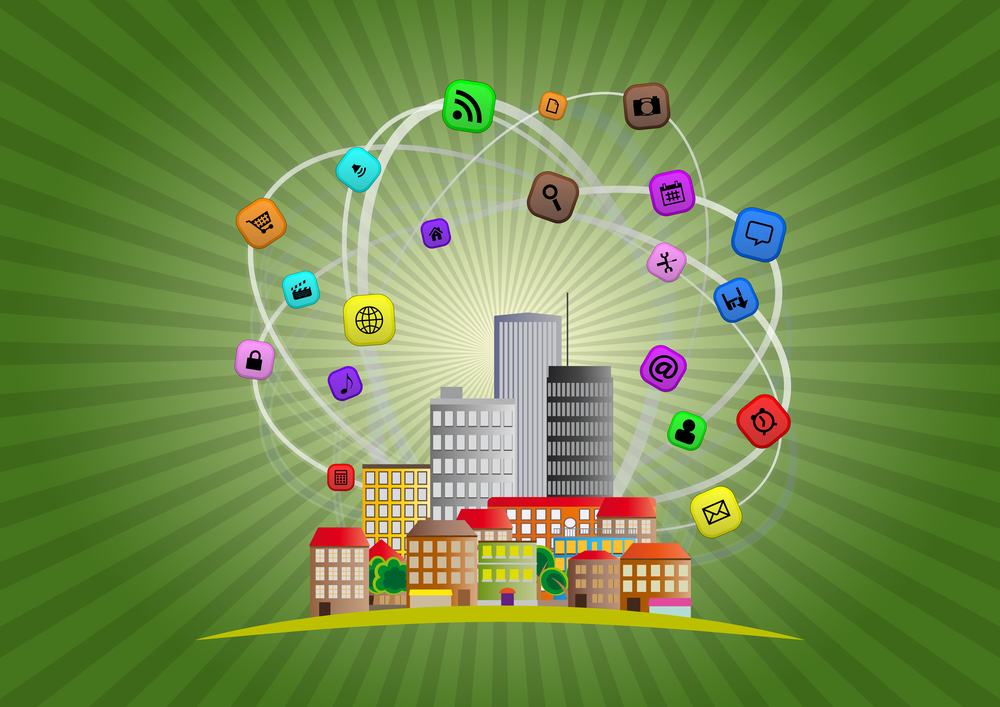Smart cities need smart networks
Widespread wireless connectivity in cities, coupled with IoT technology, opens up a wide range of opportunities for the development of smart cities. But the so-called smart cities also need smart networks.

Local governments usually operate large fleets of cars and trucks. A major cost factor, fleet managers in municipalities have therefore long been using smart technologies, such as GPS-based vehicle logging, to track location and vehicle performance. Sensors in the vehicle provide information about the status of the engine or fuel levels. Smart technologies help municipal fleet managers manage the utilization, maintenance and safety of their vehicles.
The above examples demonstrate this: Local governments and public organizations are among the early adopters of digital transformation. Wireless connectivity and IoT technologies are already making cities and municipalities quite smart. This development poses major challenges for IT managers in municipalities and public organizations. Water sensors, smart traffic lights, smart trash cans, mobile payment, fleet management, open WLAN - from an IT perspective, this sounds like quite a proliferation. Or to put it another way, all this smart technology has to be reconciled somehow on the network side. This is where modern software-defined networking approaches, or SDN or SD-WAN for short, come into play. Without SDN and SD-WAN, smart city initiatives would be unthinkable.









